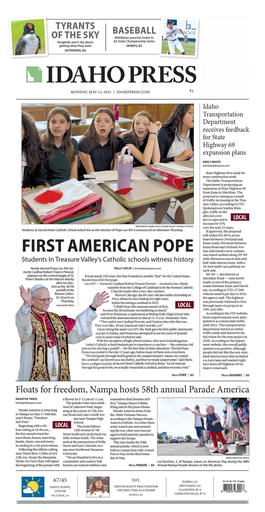Gov. Andy Beshear Leads Kentucky’s Push for Disaster Relief After Record Flooding
Kentucky has faced one of its most challenging moments, with historic flooding devastating countless communities across the state. Governor Andy Beshear stands at the forefront of the response, working tirelessly to secure essential disaster relief for impacted Kentuckians. This article explores Beshear’s leadership, the political and logistical hurdles, and what lies ahead for recovery.

Intensive Flooding Brings Kentucky to Crisis
In recent months, intense rainfall has battered Kentucky. Rivers, including the Ohio, crested to historic levels, causing widespread damage. Whole communities were displaced, and many families lost their homes. As reported by WEKU, the flooding was so severe that it prompted all eight members of Kentucky’s congressional delegation to back Governor Beshear’s call for more federal disaster assistance.
Beshear’s Unifying Call for Federal Aid
Governor Beshear moved quickly, formally requesting the federal government to expand disaster assistance to more affected counties. He stressed the urgency of federal support for public and individual aid, saying help should never be political. Beshear’s insistence brought unity among Kentucky’s congressional representatives, who jointly urged the President for prompt action.
Despite swift action in some areas, several counties remained without the disaster declaration needed to unlock critical FEMA assistance. Many households in places like Bullitt, Jefferson, and Nelson still struggle to recover. The situation, as highlighted by WHAS11, has left residents like Carlos Sanchez in financial ruin, waiting for federal help to arrive.
Political Roadblocks and FEMA Changes
As the state responded to the crisis, the Trump administration’s approach to FEMA added new challenges. Amid the disaster, the acting FEMA director was dismissed after suggesting states rely more on local solutions. This leadership shake-up contributed to uncertainty for local recovery efforts. Funding cuts for disaster resilience programs have also threatened Kentucky’s ability to prepare for future extreme weather events.
The Impact of Beshear’s Emergency Response
Governor Beshear’s experience has helped Kentucky navigate federally designated emergencies in quick succession. He praised federal and local teams for their efforts but continues to advocate for sustained funding and hazard mitigation statewide. Climate studies indicate that events like these are becoming more frequent and severe, reinforcing the need for robust disaster management.
How You Can Stay Informed and Help
Federal assistance applications are still open for affected households in several counties, and more information is available through the WEKU disaster assistance report. Residents facing hardship can also check local news like WHAS11 for updates on FEMA recovery centers and aid deadlines.
Conclusion
The recent Kentucky flooding has tested the state’s resilience. Governor Beshear’s leadership, united with congressional backing, seeks to ensure no family is left behind. As disaster programs evolve, ongoing advocacy remains essential. Stay informed, support relief efforts, and join Kentucky’s journey to recovery.